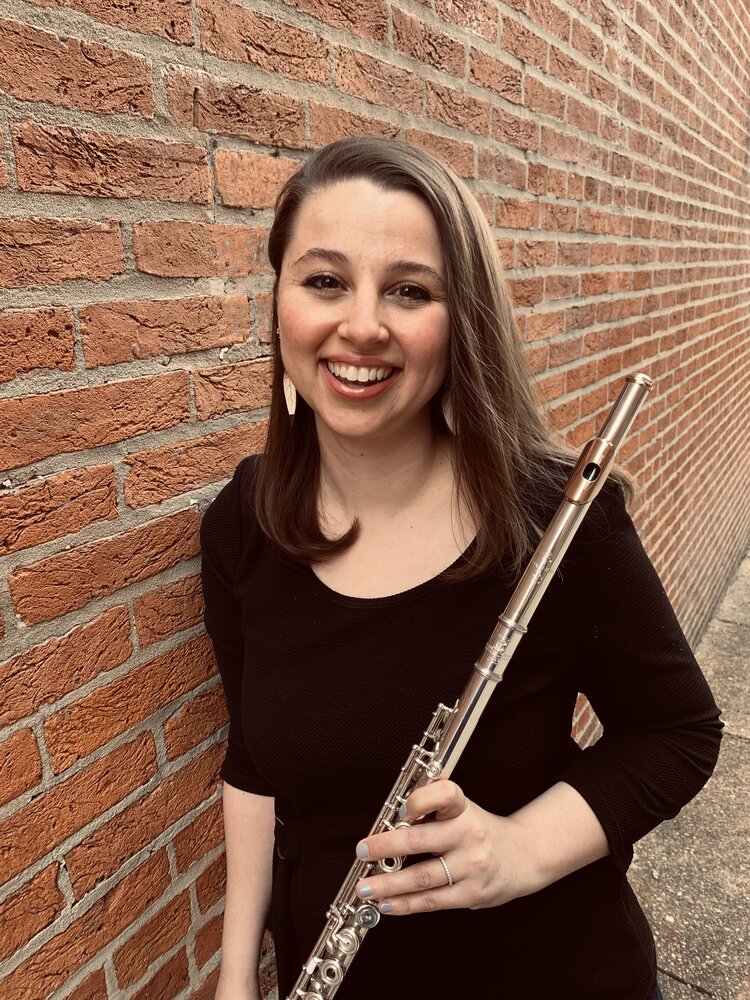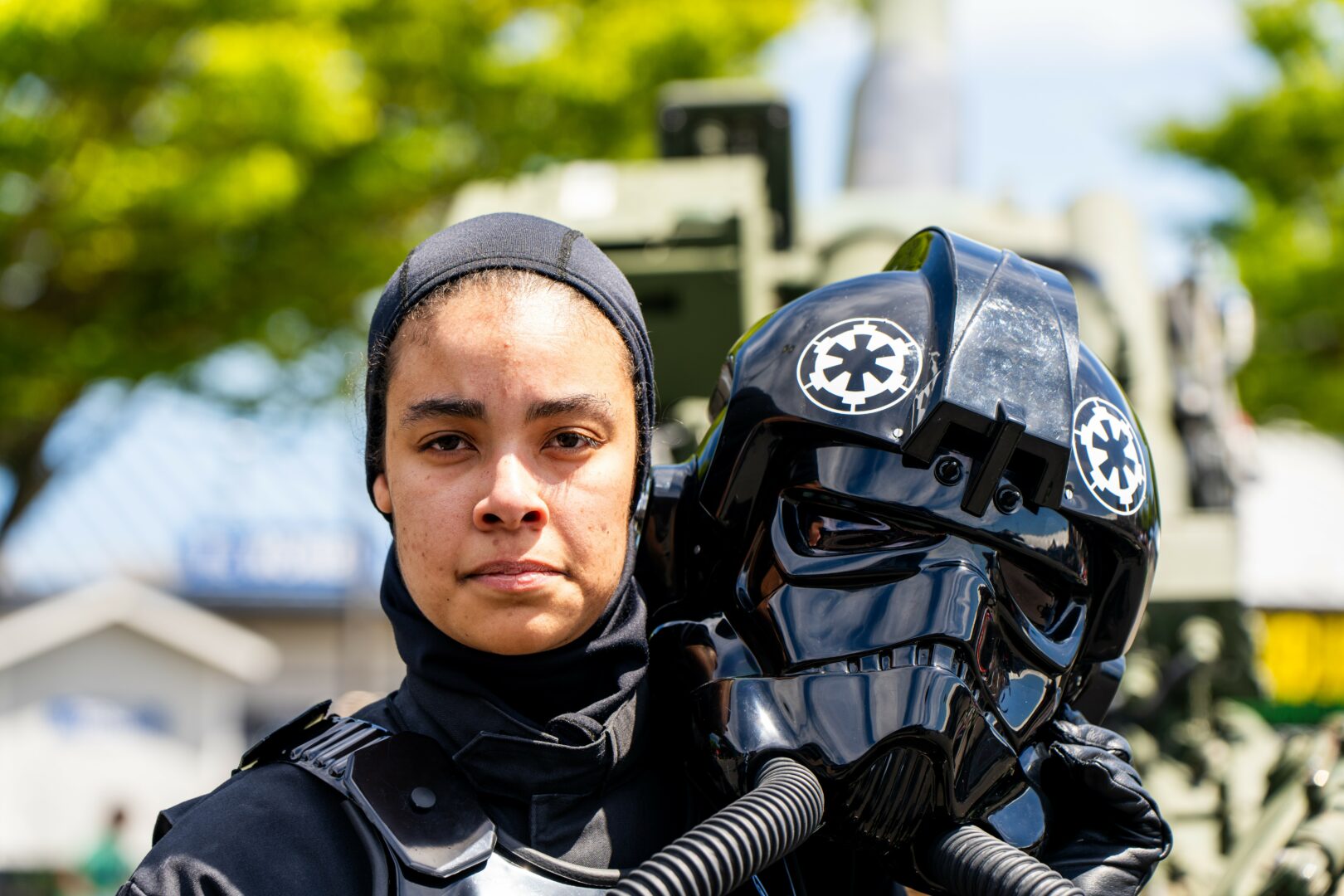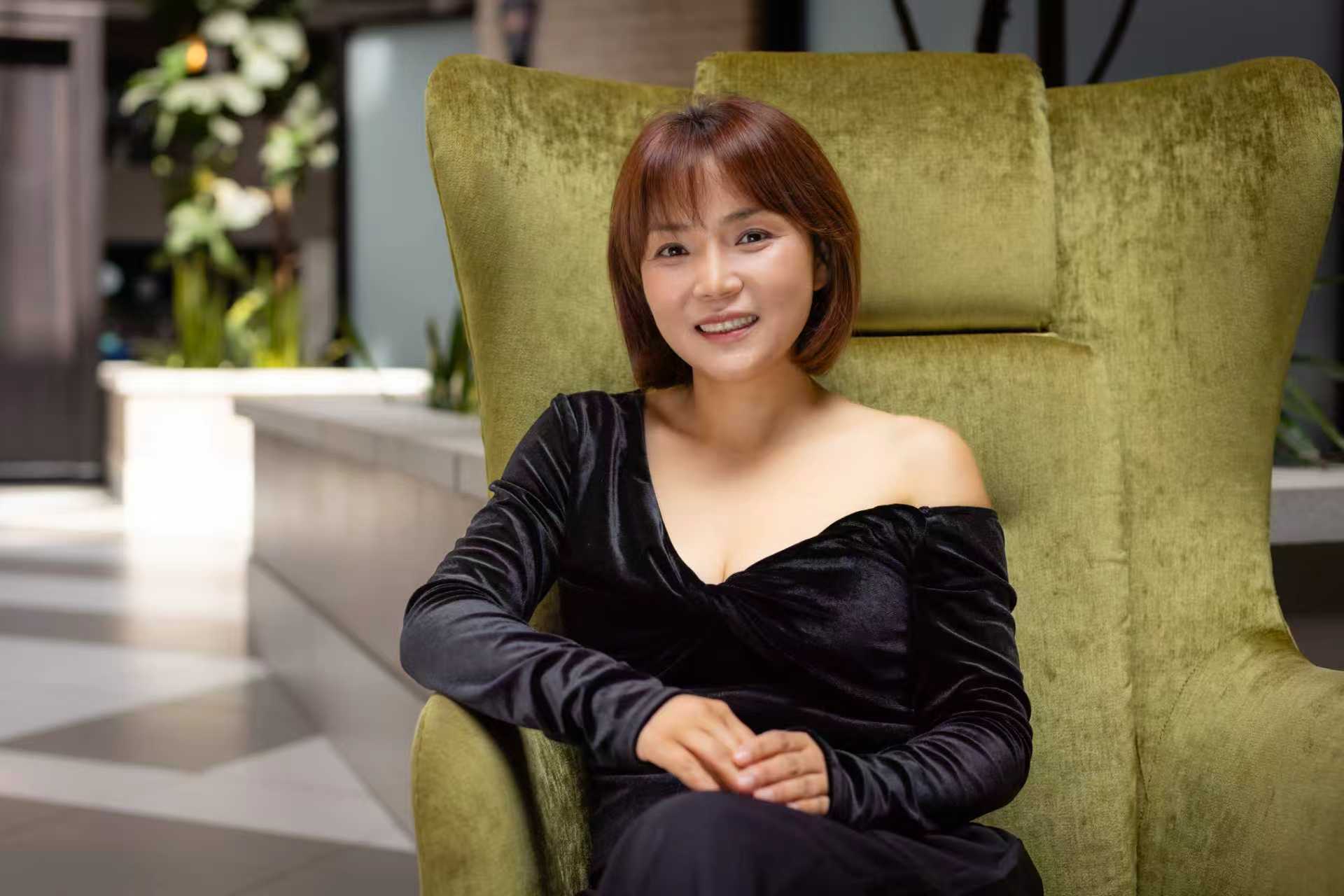We caught up with the brilliant and insightful Megan a few weeks ago and have shared our conversation below.
Megan, appreciate you making time for us and sharing your wisdom with the community. So many of us go through similar pain points throughout our journeys and so hearing about how others overcame obstacles can be helpful. One of those struggles is keeping creativity alive despite all the stresses, challenges and problems we might be dealing with. How do you keep your creativity alive?
As a musician balancing a multifaceted career and quietly navigating the complexities of chronic illness and dynamic disability, there have absolutely been moments that I have felt disconnected and unsure of how to keep the flame of my creativity from fading entirely. Sometimes these moments last a few hours. Sometimes they last days or weeks. And sometimes they last months.
In the beginning days of my career, I remember feeling overwhelmed by these moments, pressuring myself to get back to feeling inspired as quickly as possible. With time and lots of practice, however, I have realized that to live a creative life means sometimes losing sight of the inspiration and finding the strength to reignite it. In these moments, I have learned that it is a more meaningful use of my time to shift the focus from my craft to reconnecting with myself and the things that inspired me to set out to play the flute professionally in the first place.
For me, this looks like…
– Intentionally scheduling days of rest without any administrative tasks, lessons, doctors appointments, or the pressure to practice my instrument. I usually wait for the quiet call to play the flute to begin stirring in my brain. Whether it takes a matter of hours, days, or weeks, I listen intently to my body and emotions during this time, and simply go live my life. Sometimes, all that is needed is the opportunity to miss the flute while creating new meaningful life experiences that can be used to fuel my music making later.
– Carving out time to listen to and play along with recordings that inspire me. Instrumental music always makes me feel more in tune with my feelings. I often feel that melodies and colors of sound express what I am feeling more adequately than words. One of the many joys of being a classical musician is experiencing different works in different phases of my life. I love that I can revisit pieces and have a totally different emotional experience listening to them depending on where I am in my life.
– Being intentional with my practicing. Sometimes, I simply don’t have the emotional capacity to spend time practicing things that don’t feed my creativity and bring me joy. In these times, I practice the pieces that make me feel more alive, as well as the fundamental exercises that will feed my skills for the next day of practicing.
– Spending time exploring other art forms. I have found that when I am feeling uninspired, dabbling in other art forms can be a great way to encourage myself out of my shell. To me, there’s nothing more fun than hanging out with friends painting or coloring while listening to music!
– Though I know that multitasking is generally not recommended for productivity, intentional multitasking has been hugely advantageous for me in my flute practice. Juggling lots of classes in a dual-degree undergraduate program with a demanding performance schedule, I started making flash cards during my classes that I would put on my music stand to study from while practicing. When I finished school, I started to think of other creative ways I could encourage myself to spend more time on my fundamental skills on the instrument. During my memorized warmups and technique work, I began propping a book on my music stand to read at the same time. Over the course of a few weeks, I started to adjust and improve on my ability to process the words I was reading while playing long tones, scales, and memorized technical exercises. I have found that adding this layer into my practice allows me to conserve my mental capacity for the things that require more thought later on in my practice sessions. It was an unexpected added bonus that I started to associate reading books with practicing. This often means that if I don’t feel like practicing but I do feel like reading my book, I can always get myself to practice. If the book is really good, it can inspire me to memorize more exercises so that I can spend longer on my technique and reading time. More time spent on technique work is never a bad thing for my playing and reading brings me lots of joy!
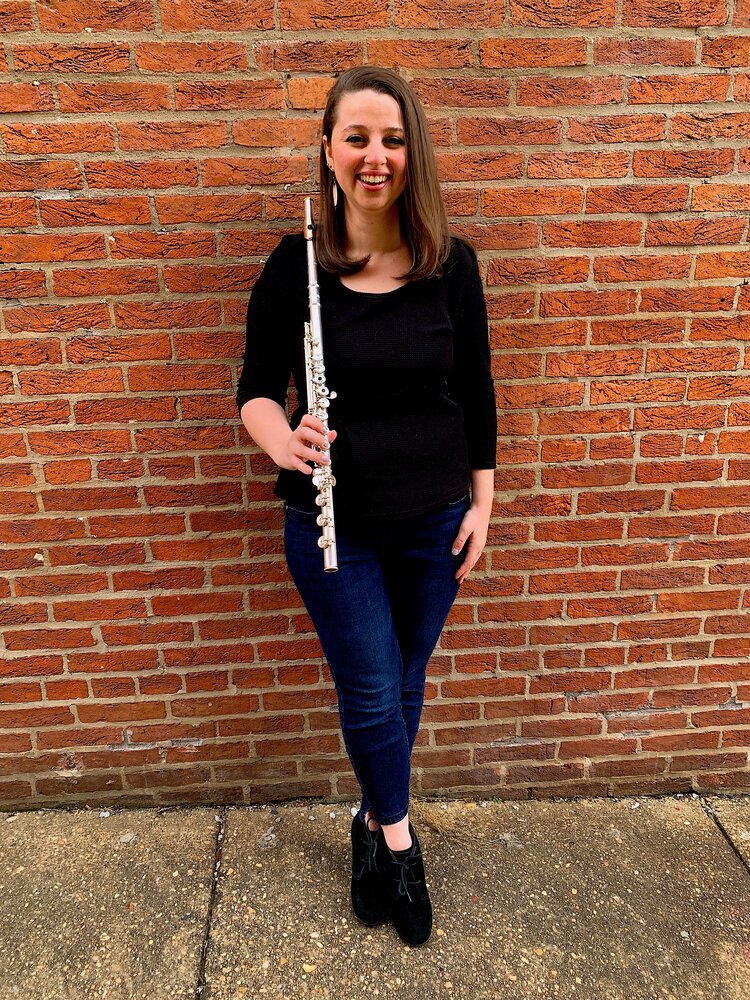
Thanks, so before we move on maybe you can share a bit more about yourself?
As a flutist, I have performed professionally with numerous orchestras and ensembles throughout the United States, including The Baltimore Symphony Orchestra, Maryland Lyric Opera Orchestra, Baltimore Chamber Orchestra, the Bel Cantanti Opera Orchestra, Syracuse Symphoria, Aternus Chamber Orchestra, The Scheherazade Initiative Orchestra, Hartford Opera Theater, LoftOpera, and as a featured soloist on David Amram’s Theme and Variations on Red River Valley with musicians of The Hartt Symphony Orchestra and conductor Kalena Bovell. Other notable appearances include performing as Principal Flute in the 2016 run of Paula Kimper’s Patience and Sarah at New York City Opera Fest, performing the East Coast premiere of Henry Mollicone’s Beatitude Mass for chorus, chamber orchestra, and soloists with members of the New Haven Symphony and The GMChorale, performing as a soloist with choir on Z. Randall Stroope’s Song to the Moon at the 2013 National Association for Music Education conference, and being invited back to The Hartt School to perform as a guest soloist with the Hartt Symphony Orchestra on Lowell Liebermann’s Concerto for Flute and Orchestra.
I maintain a vibrant private studio in the Baltimore-Washington metro area, where I teach students of all ages. As an educator, I strive to help my students achieve success on the flute while instilling a lifelong love of music and learning. I aim to create a flexible, nurturing, and collaborative learning environment in which all students feel safe, valued, and celebrated and will grow as individuals and musicians. Lessons are based on a strong foundation of fundamental technique and practice methods to enable complete flexibility of sound and expression.
I am also a Wolf Trap Trained Arts Integration Specialist and have taught flute, musicianship, and arts integration in a variety of educational settings, including private lessons, group lessons, chamber music coachings, and classroom teaching through the Baltimore Symphony Orchestra’s OrchKids program, Baltimore Symphony Youth Orchestra, Young Audiences/Arts for Learning Maryland, The Baltimore School for the Arts TWIGS program, Opus Music Academy, St. Paul School of Music, The Bel Air Arts Academy, and The Annapolis Symphony’s Music Van.
In 2021, I made the decision to prioritize my health by getting my first full-time administrative job supporting arts integration programming. For a number of years, I felt afraid to step into the full-time administrative side of the arts because I naively thought that it would be the end of my career as a musician. In reality, it’s been quite the opposite. I believe that wearing many different hats is an integral part of what it means to be an artist in the 21st century.
Transitioning into a job that takes care of me with consistent work and compensation, provides me with health benefits, paid time off, and more structure to my schedule has been the most freeing experience as a musician and the biggest act of self-love I have shown myself in my career thus far. The structure of a full-time salaried position is something I am deeply grateful to have access to, as this is not the norm in the performing arts world. To be able to have all of that in addition to doing such meaningful work on a team that truly values me feels like an immense privilege.
In my current role as the Program Director for Challenge America, a national Veteran nonprofit, I proudly lead the artistic planning and oversee program execution of our Creative Arts Therapy Retreat program, manage our community partnerships, and help cultivate a safe haven of art and camaraderie in our two online communities for Veterans and active duty service members. I have always been passionate about utilizing the arts to create change. It has been a great honor to serve our military community in such a meaningful and impactful way and to bring virtual creative arts resources, workshops, and content to Veterans across the U.S. and beyond.

If you had to pick three qualities that are most important to develop, which three would you say matter most?
1. There is opportunity to infuse artistry and creativity into many aspects of life, both professionally and personally. Maybe this looks like bedazzling a project plan or spreadsheet. Maybe it looks like creating fun graphics to go along with an article or social media post. Maybe it’s how you plan lessons for your classes. Or maybe it’s turning something seemingly not artistic into something overflowing with creativity for extra joy. Regardless, adding more artistry into your day to day can transform the mundane into pure magic!
2. Your worth is not defined by your abilities, illnesses, or work, but how you move through life – how you navigate successes and challenges while still honoring yourself, your values, and the people, and the pets that surround you.
3. There are no awards for never asking for help. Lean on your support system personally and professionally and allow others to care for you the way you care for them.
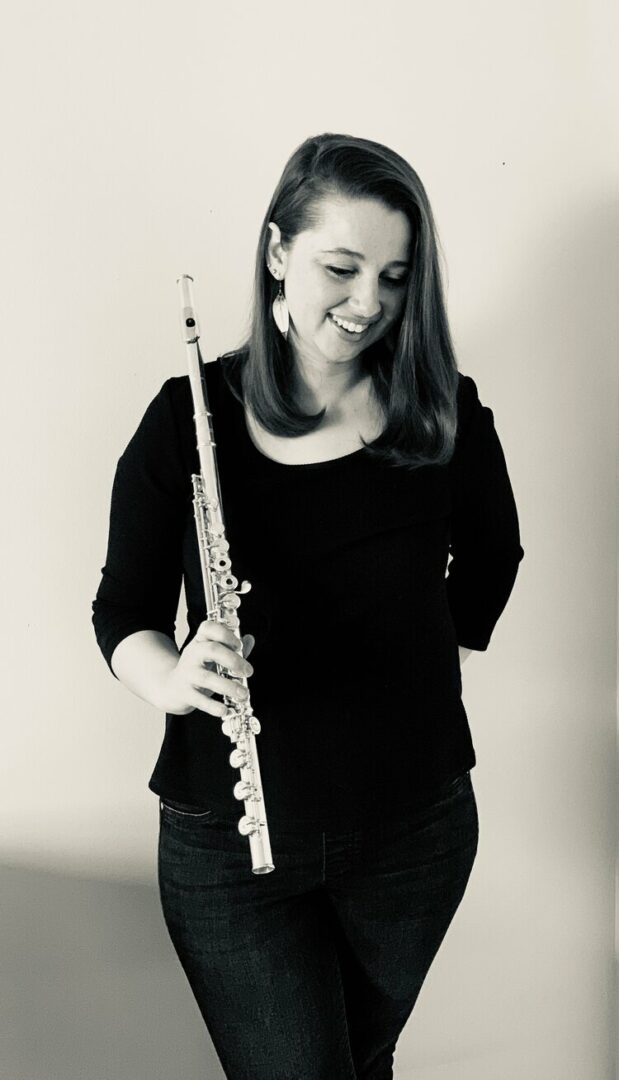
Any advice for folks feeling overwhelmed?
Feeling overwhelmed is an experience that everyone can relate to. When I am overwhelmed, I take it as a cue from my body and brain that I need to take things one step at a time, lean on my support system, and carve out more time for rest. As a planner, I often find myself stressing over hypothetical future scenarios which then leads to overwhelm and increased disconnection from the present moment.
For me, taking back some control in moments of chaos usually helps me to feel less overwhelmed. Sometimes that looks like mapping out a checklist or project plan. Sometimes it looks like setting a time limit for how long I will work on a project before moving onto something else. Sometimes it looks like intentionally taking a break from my responsibilities. And sometimes it looks simply going with the flow of things and letting go of the need to control an uncontrollable situation!
My go to activities at the end of a stressful day are…
– Moving my body. I love to go on walks around my neighborhood listening to a podcast or some music, seeing all the neighborhood cats, or riding my recumbent trike on a beautiful bike trail!
– Doing something creative. I am big on coloring, doodling, and painting while listening to music!
– Treating myself to something that brings me joy. I love a good mental health smoothie or oat milk matcha latte!
Contact Info:
- Website: https://www.megannatoliflute.com
- Linkedin: https://www.linkedin.com/in/megan-natoli-7a1903152/
- Other: https://www.megannatoliflute.com/media
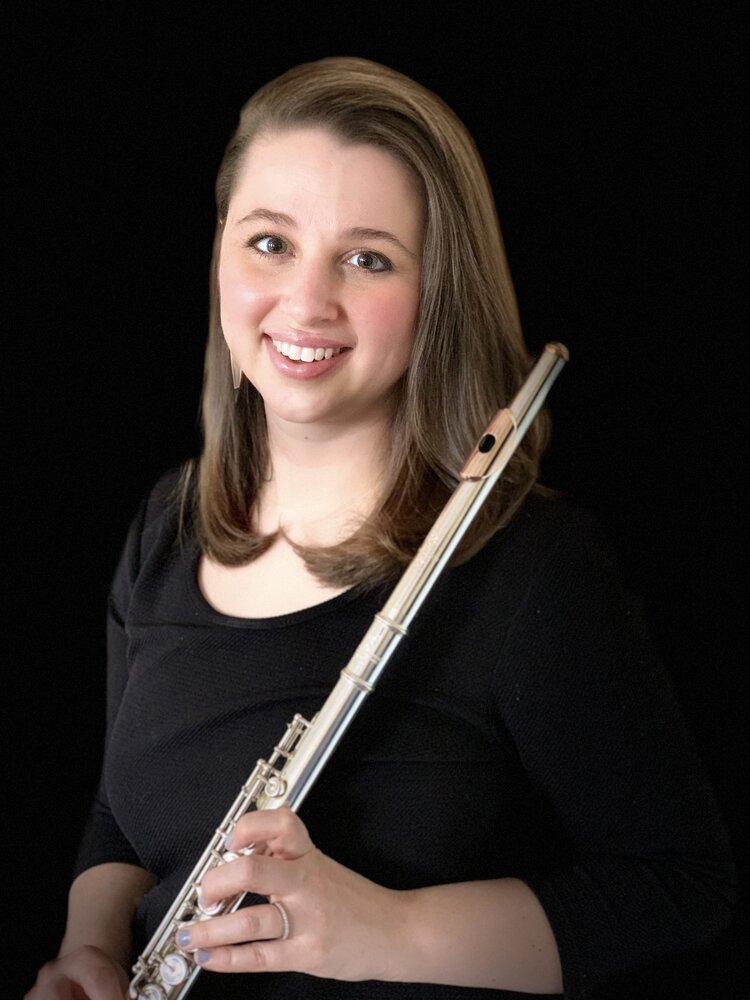
so if you or someone you know deserves recognition please let us know here.

